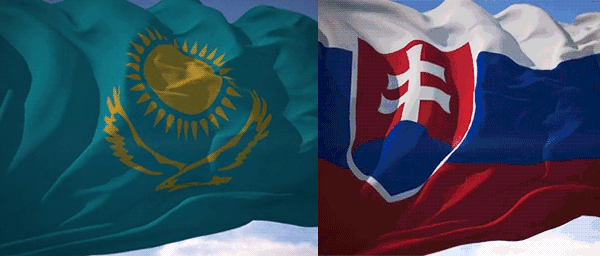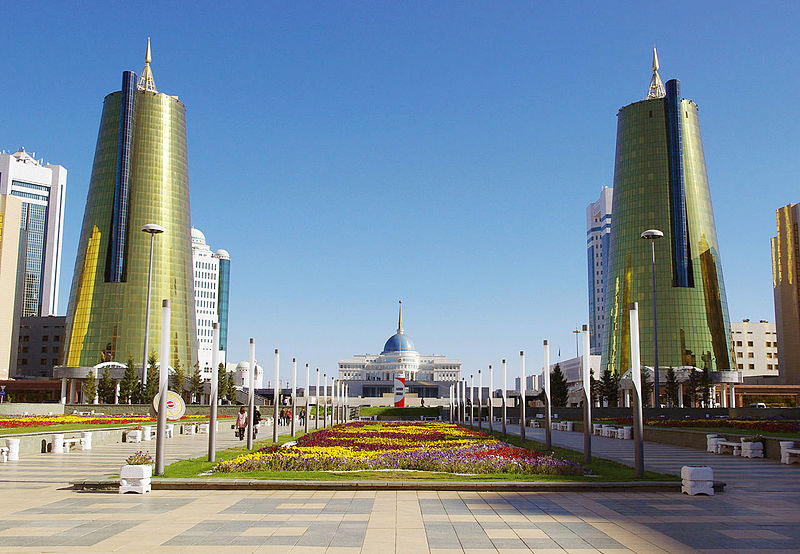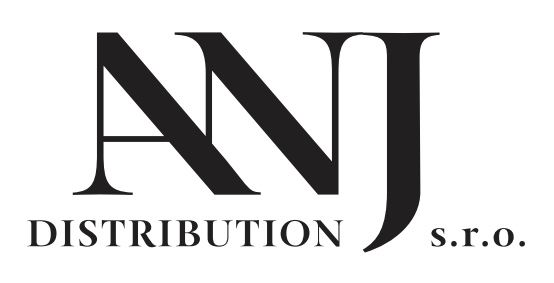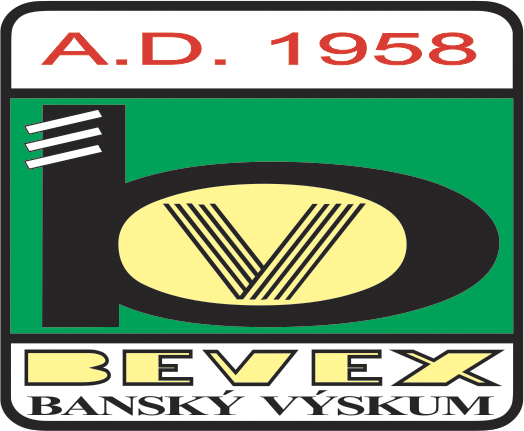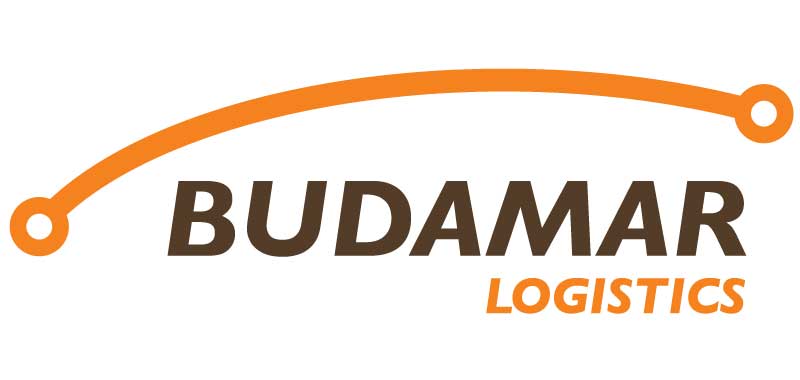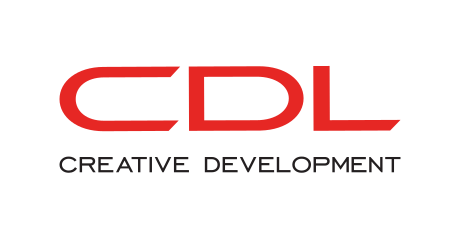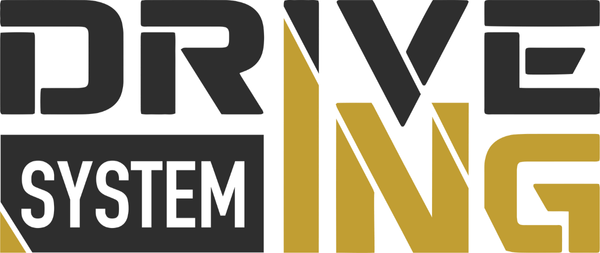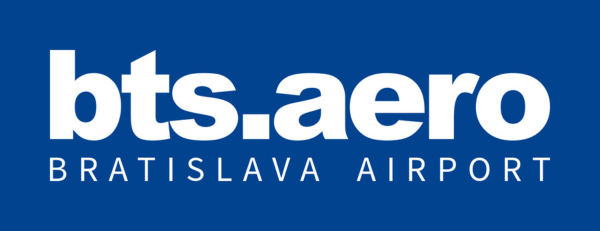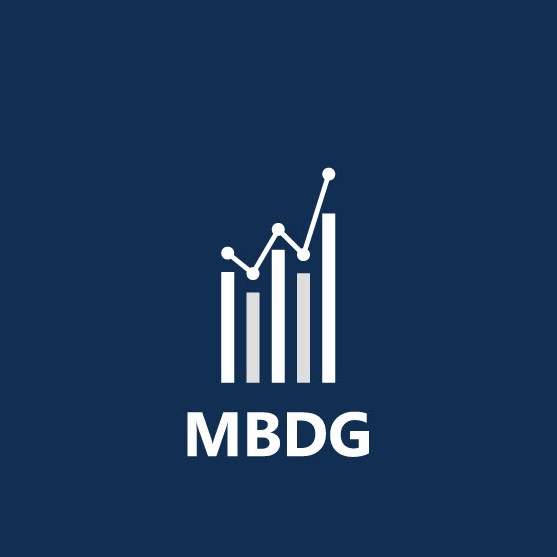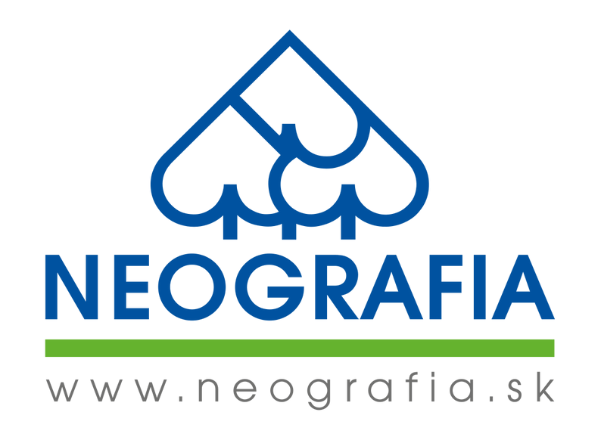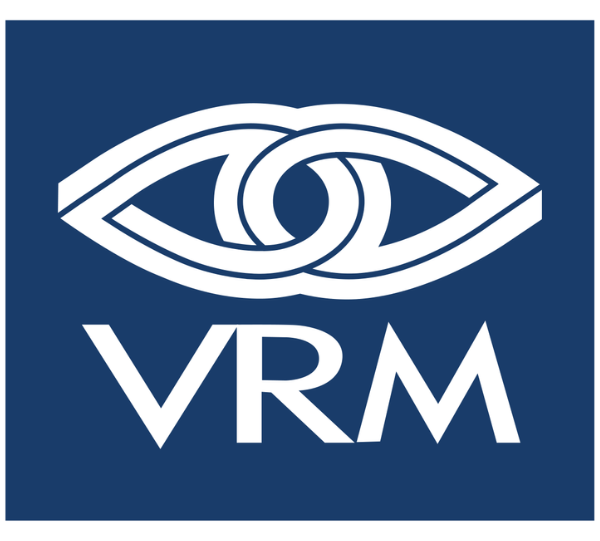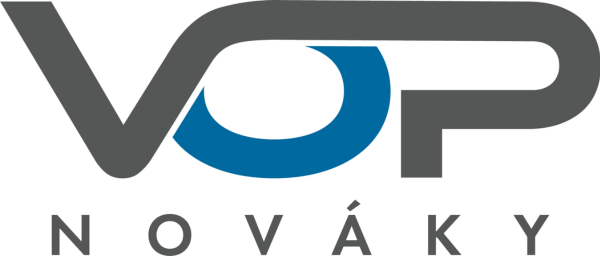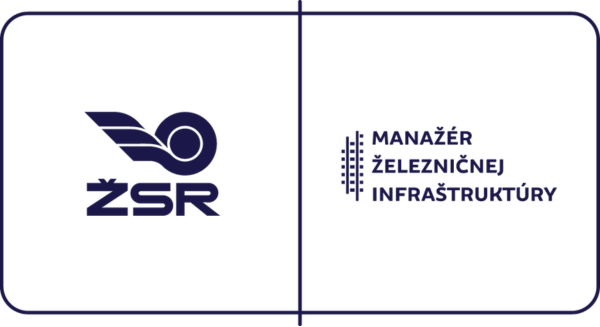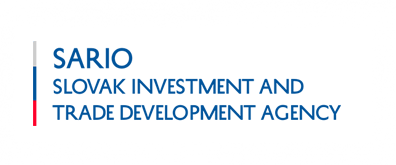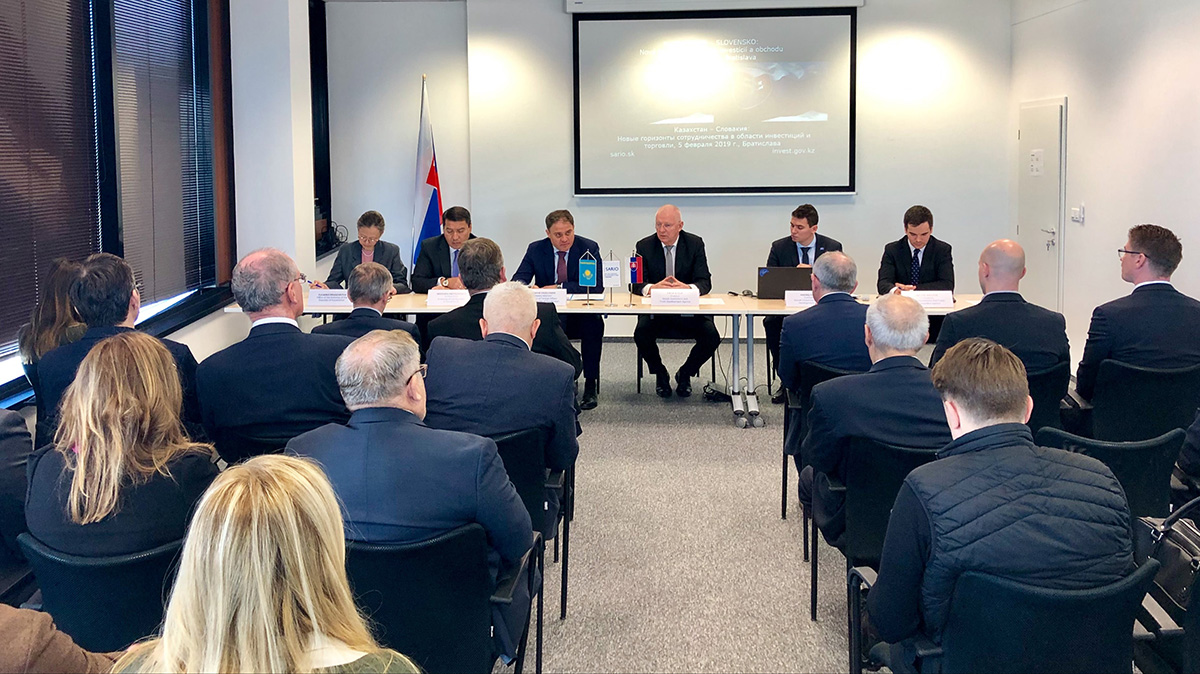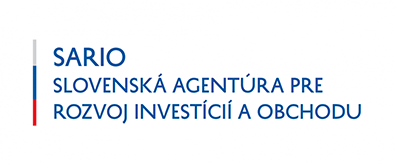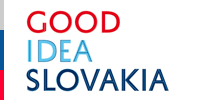
KAZAKHSTAN
ECONOMIC INFORMATION ABOUT THE TERRITORY - EMBASSY OF THE SLOVAK REPUBLIC IN ASTANA
Slovak version - Ekonomická informácia o teritóriu
Basic and general economic information
Official name of the country:
- Local name: Казахстан (Kazakh) Qazaqstan (Kazakh Romanized) Казахстан (Russian)
- English name: Kazakhstan
- Slovak name: Kazachstan
State structure: presidential republic
President: Kassym-Jomart Tokayev
Prime Minister: Oljas Bektenov
Established: December 26th, 1991 (collapse of the USSR)
Area: 2 724 900 km² (9th place)
Population: 19.9 million (2023)
Currency: Kazakhstani Tenge (KZT)
Official exchange rate: €1 = 536.14 KZT (September 2024)
Total GDP: 259.7 billion USD (2023)
GDP growth: 5.1% (2023)
GDP per capita: $13,089 (2023)
Unemployment rate: 4.7% (2023)
Note: Data comes from World Bank (WB) statistics
Capital: Astana
The capital has approximately 1 million inhabitants. The most important airport is Nursultan Nazarbayev International Airport. Other large cities are: Alma-Ata (approx. 1.8 million), Shymkent, Karaganda and Aktobe.
Borders: Russian Federation, People's Republic of China, Kyrgyzstan, Uzbekistan, Turkmenistan.
Official / negotiating language: kKazakh, Russian /official/
Administrative and political system
The territory of Kazakhstan is divided at the highest level into 14 regions. 4 cities – Baikonur, Shymkent, Alma-Ata and Astana have independent status. The executive power in the state is in the hands of the president with great executive powers and the government led by the prime minister. The legislative body is a bicameral parliament. It consists of the upper chamber - the senate (deputies elected for 6 years) and the lower chamber - mažilis (deputies elected for 5 years). Kazakhstan has 12 special economic zones with different territorial orientations. In case of entry into one of the special economic zones in Kazakhstan, the following benefits are provided to the investor:
- exemption from corporate income tax,
- exemption from land tax,
- exemption from property tax,
- exemption from value added tax (VAT) in case the goods are fully used in the production process
Basic characteristics of the economy
Kazakhstan has been one of the founding members of the Eurasian Economic Union (EEU) since January 2015, which largely determines the priority orientation of its economy towards the EEU countries, especially the Russian Federation, which is the main trading partner in imports and the third most important in exports. A significant moment in terms of Kazakhstan's inclusion in the international economic system was its accession to the WTO in December 2015.
Recent Economic Developments
In 2023, real GDP grew by 5.1% largely due to a boost in oil production, fiscal stimulus, and strong consumption. Oil production's 6% increase significantly contributed to this growth. Consumer confidence remained high despite stagnant incomes and tight monetary policy, as evidenced by retail (7%, real terms), car sales (8%), and new business registration (10%). Capital investment also rose, predominantly in non-resource sectors (80%).
Unemployment slightly decreased to 4.7%, and a substantial minimum wage increase helped reduce poverty to 8.8% (at USD 6.85/day). Inflation, which peaked at 21.3%, slowed to 9.3% by February 2024, leading to a central bank rate cut. The current account shifted from a surplus to a deficit, with a drop in exports and a surge in imports, though FDI inflows helped finance this deficit. However, momentum has weakened as major investment projects in the oil sector, financed through FDI, near completion.
The budget deficit widened to 1.6% of GDP due to higher social spending and reduced oil tax revenue (1.2% of GDP). The banking sector remained strong, with low non-performing loans (3%), but rising household debt and interest rates warrant attention.
Economic Outlook
The 2024 economic forecast anticipates a growth slowdown to 3.4%, with a rebound to 4.7% in 2025 due to increased oil production. Lower growth expectations for 2024 reflect reduced oil production expectations due to maintenance at major fields and Kazakhstan's adherence to OPEC+ production cuts.
Inflation is likely to decrease but stay over the 5% target, affected by utility tariff hikes and potential budget deficits. The current account deficit should shrink, helped by rising oil exports, while the fiscal deficit may grow to 2.7% of GDP due to reduced oil revenues, then taper to 1.2% by 2026. Non-oil sector growth and better tax collection will boost non-oil revenue. The government plans to reduce spending to pre-crisis levels, aligning with fiscal rules.
Poverty rates could drop to 7.9% (at $6.85/day) in 2024, with economic growth and easing inflation, though high food prices could impact the poorest. Risks to the outlook include reduced growth in key trade partners, volatile oil prices, persistent inflation, climate shocks, and potential sanctions on the financial sector due to illicit trade with Russian entities, which could affect FDI and market access. (Source: WB)
The main goal of Kazakhstan's Development Strategy until 2050 is to make the country one of the top thirty most advanced economies in the world. The governmental infrastructure development program "Nurly Žol 2020-2025" (Light Path) defines the strategic tasks and direction of the country until 2025.
The priorities of the "Nurly Žol" program include:
- development of transport-logistics infrastructure within the framework of the formation of macro-regions, which are to be connected to the capital by road, rail and air transport;
- development of industrial infrastructure;
- development of energy infrastructure, construction of high voltage lines with the aim of connecting energetically strong northern regions with southern ones;
- modernization of municipal infrastructure, for which 200 billion is allocated annually. KZT;
- improving the quality of the housing stock in the form of construction of rental apartments for low-income groups of the population, as a supplement to the already existing ways of supporting the construction of apartments;
- development of social infrastructure.
Foreign trade
The development of mutual trade between Slovakia and Kazakhstan is characterized by large fluctuations. Although the period from 2019 to 2020 was marked by a negative balance from Slovakia's point of view, in the next period from 2021 to 2023 the balance reached positive numbers in favor of Slovakia. Slovak exports in 2023 reached a value of 111 million. USD, which represents an increase of 8.1% compared to the previous year. Import in 2018 was 64.2 million EUR with a more than 7-fold increase, mainly due to the enormous growth in the import of crude oil. From January to August 2019, the export of Slovak products to Kazakhstan reached approximately 9.9 million. EUR, while imports exceeded 40 million. EUR. The total turnover thus amounted to 53.7 million. EUR with an active trade balance on the Slovak side (EUR 33.9 million).
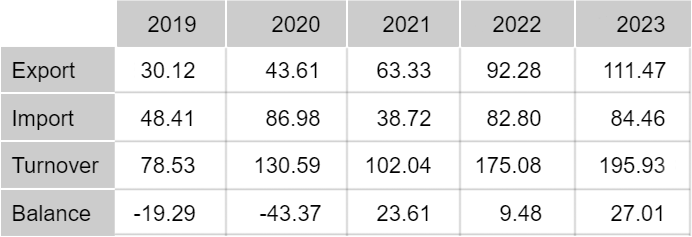
Source: Trade map, www.trademap.org, data in thousands USD
A look at the product structure of Slovak exports in 2023 documents the key position of the main product groups listed below. These are the following items:
- Vehicles other than railway or tramway rolling stock, and parts and accessories thereof;
- Nuclear reactors, boilers, machinery and mechanical appliances; parts thereof;
- Electrical machinery and equipment and parts thereof; sound recorders and reproducers, television …;
- Miscellaneous manufactured articles;
- Paper and paperboard; articles of paper pulp, of paper or of paperboard;
- Rubber and articles thereof;
- Optical, photographic, cinematographic, measuring, checking, precision, medical or surgical …;
- Live animals.
As for imports from Kazakhstan to Slovakia, the volume of imported goods was worth 84.46 million. USD. The product structure was dominated by the following items:
- Mineral fuels, mineral oils and products of their distillation; bituminous substances; mineral …;
- Iron and steel;
- Fish and crustaceans, molluscs and other aquatic invertebrates;
- Plastics and articles thereof;
- Wood and articles of wood, wood charcoal;
- Paper and paperboard; articles of paper pulp, of paper or of paperboard;
- Aluminium and articles thereof;
- Nuclear reactors, boilers, machinery and mechanical appliances; parts thereof.
